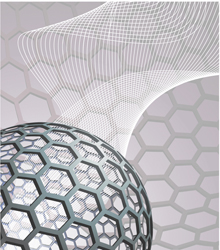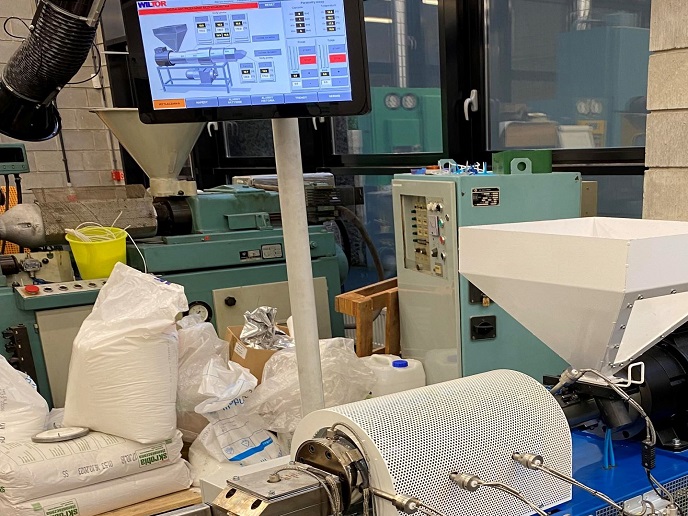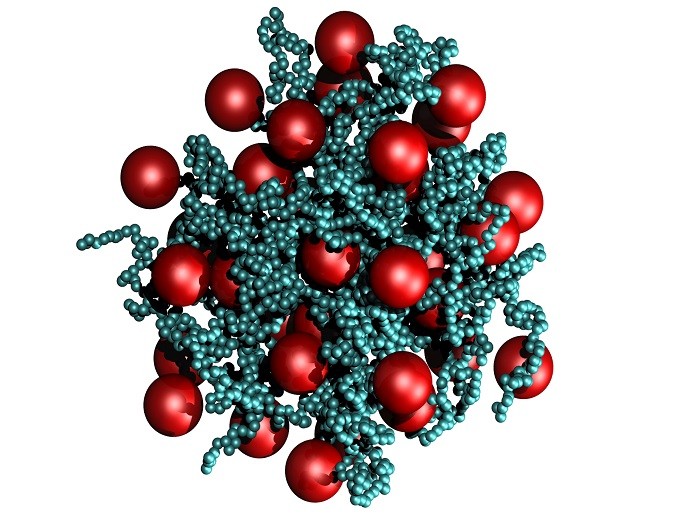Improving carbon nanofillers by reducing clumping
Extremely small particles of certain materials are known in some cases to have very different properties than the same materials in bulk form. These nanoparticles have at least one dimension (length, width or height) on the scale of nanometres (nm), where one nm is one billionth of a metre — the scale of individual molecules. One example is silver nanoparticles. They are effective antimicrobial agents, a property that seems to be lost in aggregates of silver. Scientists working on the EC-funded 'High aspect ratio carbon-based nanocomposites' (Harcana) project investigated one of the best-studied classes of nanomaterials, carbon-based nanoparticles (CNPs). CNPs include carbon nanotubes (CNTs), carbon nanofibres (CNFs) and carbon nanosheets (CNSs) or exfoliated graphite. Introducing CNPs into polymers as fillers (nanofillers) to produce nanocomposites is an active area of research. One of the main technical difficulties in this area is agglomeration or clumping; as previously mentioned, this can significantly alter properties. Harcana scientists investigated techniques to overcome this issue. Researchers studied methods to control spatial organisation at the nanoscale of CNPs in bulk, foamed and thin film (membrane) polymers using industrially available processes. The focus was on improved thermal and electrical conductivity. Harcana partners employed both experimental and modelling methods. They included important studies on toxicity to human cells, as related both to applications in neurobiology, and to industrial processes and workplace safety. Harcana research enabled development of new methods for generating nanocomposites with less agglomeration using CNPs. Two patents were submitted and directions for continued research were highlighted as a result. Harcana made an important contribution to scientific understanding of CNPs as polymer matrix fillers and enhanced the technological potential of these materials for future applications.The work was published in numerous peer-reviewed journals and contributed to nine PhD thesis.







